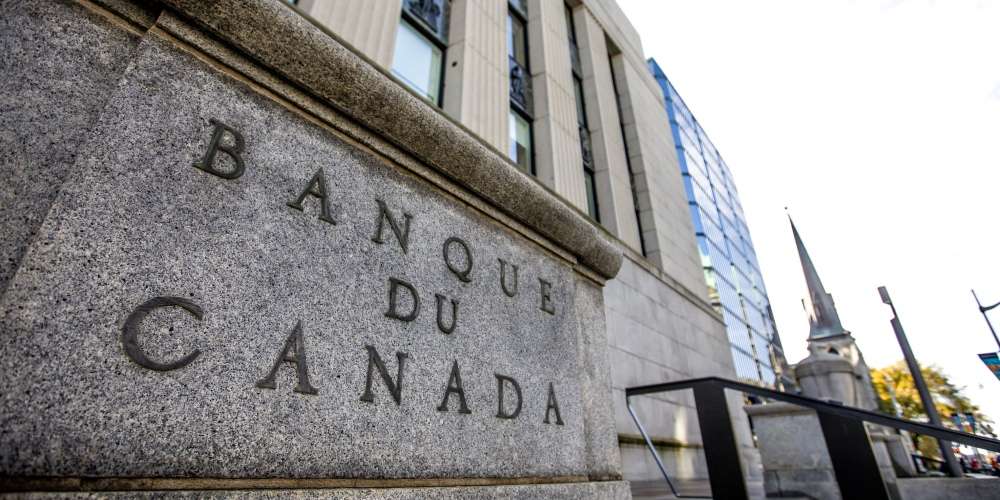Banking Canada estimates that Canada's top five banks control more than 80% of the market, with the other 25+ institutions making up the balance. There are billions of dollars and thousands of people at these "big five" companies. According to some, they are notorious for their business methods, which include collecting high fees, paying almost no interest payment and making commercial decisions that contradict environmental values. Each of Canada's five largest banks will be discussed in detail and some of their common traits.
The Top Five Canadian Banks

The following is a ranking of Canada's top five banks as of today:
The Bank of Montreal
Founded in 1817, the Bank of Montreal is among Canada's top five financial institutions. Services and products offered by the bank range from wealth management to retail banking to investment banking. Quebec's capital city of Montreal, serves as the company's headquarters. A total of C$774.05 billion in assets have been managed by it. In 2018, the Bank of Montreal produced total revenue of around $22.38 billion. The Bank of Montreal's profit was C$5.45 billion in the same year. Around 45,234 people work for it.
Bank of Nova Scotia
Since its inception in 1832, the Bank of Nova Scotia has been headquartered in Toronto, Ontario, a province in Canada. According to assets, the Bank of Nova Scotia is the third-largest bank. In addition to personal and business banking, corporate and investment banking are also available through the bank. A total of C$998.49 billion in assets have been managed by it. In 2018, the Bank of Nova Scotia made around C$26.16 billion in revenue. The Bank of Nova Scotia made C$8.55 billion in profits in the same year.
Canadian Imperial Bank of Commerce
The Canadian Imperial Bank of Commerce's head office is in Toronto, Ontario. By total assets, the Canadian Imperial Bank is the fifth largest bank in the world. Wealth Management, Retail and Business Banking, and Capital Markets are three of the bank's most essential and strategic offerings. A total of C$597.01 billion in assets have been managed by it. In 2018, the Canadian Imperial Bank of Commerce made C$16.96 billion in revenue. The Canadian Imperial Bank of Commerce reported a net profit of C$5.27 billion in the same year.
Toronto-Dominion Bank
There is a Toronto-Dominion Bank headquarters located at Toronto-Dominion Centre, Ontario. Toronto-Dominion Bank is the largest financial institution in total assets under management. Personal and business banking services and products are available in Canada, the United States, and many other countries through the bank. Amounts of C$1,334.90 billion have been handled by it. The total revenue earned by Toronto-Dominion Bank in 2018 was around C$36.35 billion.
Royal Bank of Canada
Toronto is home to the head office of the Royal Bank of Canada, which was established in 1864. It is the second-largest bank in terms of assets under management. Personal and business banking, insurance, wealth management, capital markets investing, and Treasury Services are all divisions of the Royal Bank of Canada. An estimated 1,334.73 billion Canadian dollars have passed through its hands. In 2018, the Royal Bank of Canada made C$41.27 billion in revenue.
The Big Five Canadian Banks' Common Characteristics

From a $5 monthly cost to $30 for "premium features," the central five banks offer banking accounts to Canadian residents. With a "minimum balance," almost all of them will waive this cost. In some of these banks, you may waive your monthly charge if you maintain a minimum balance of $5,000 or $6,000 in your account for the entire month.
Unlike Canada's digital banks, their savings accounts pay little to no interest, especially after the coronavirus outbreak. Due to intense rivalry, most of the big five's products are nearly identical. Across the board, you can anticipate a comparable selection of goods, prices, and services. They also all have a good number of branches and ATMs around the country and excellent mobile banking capabilities.
Should You Bank With The Big Five Banks?
A large bank or credit union in Canada is essential, but you don't need to spend most of your time banking there. Because internet banks offer superior banking services at a far lower price than traditional brick-and-mortar institutions, in addition, internet banks provide much greater interest rates on savings and GIC accounts than traditional financial institutions.
In addition, while not all digital banks can meet your mortgage or insurance requirements, I believe that digital banks can supply your free, unrestricted, and smooth day-to-day banking requirements. This is why I advocate using a digital bank such as Tangerine for most of your banking needs while maintaining a free savings account with a large bank.



